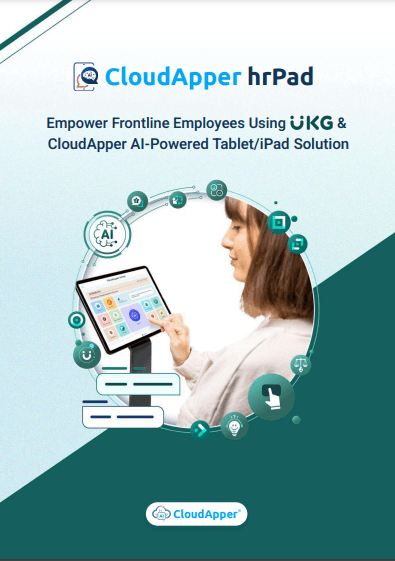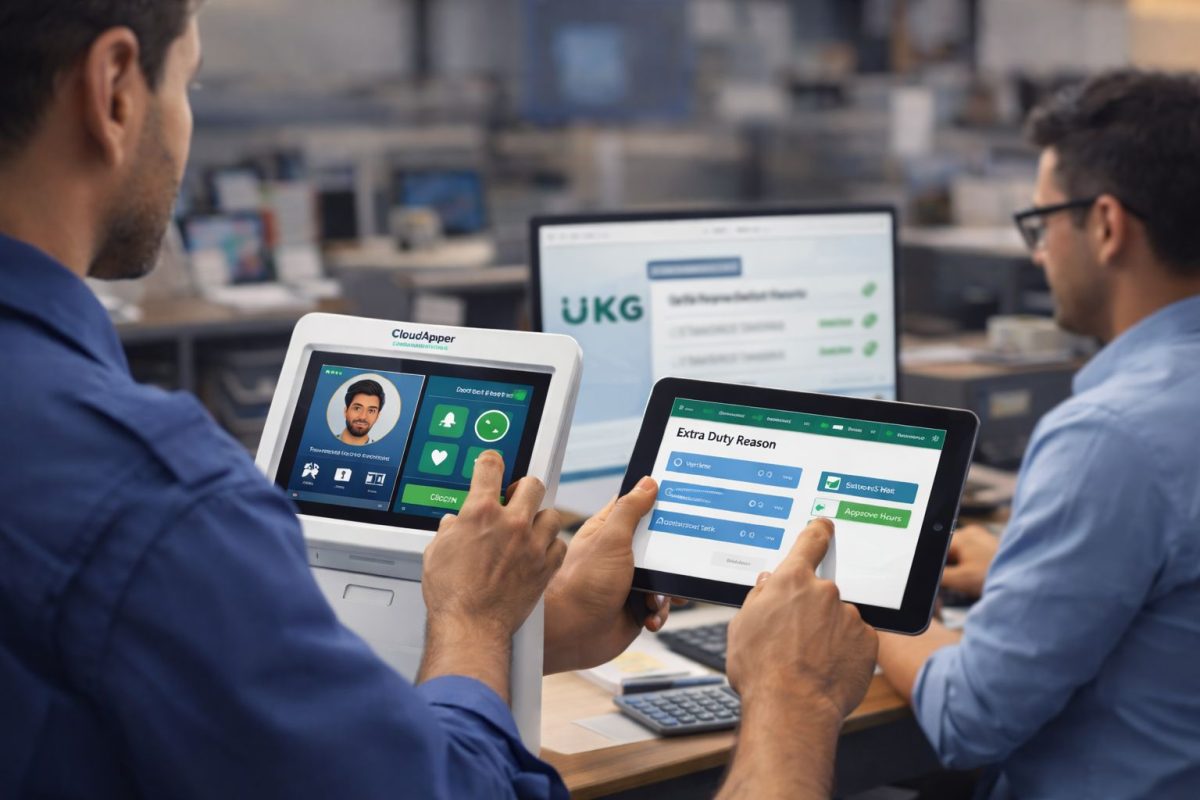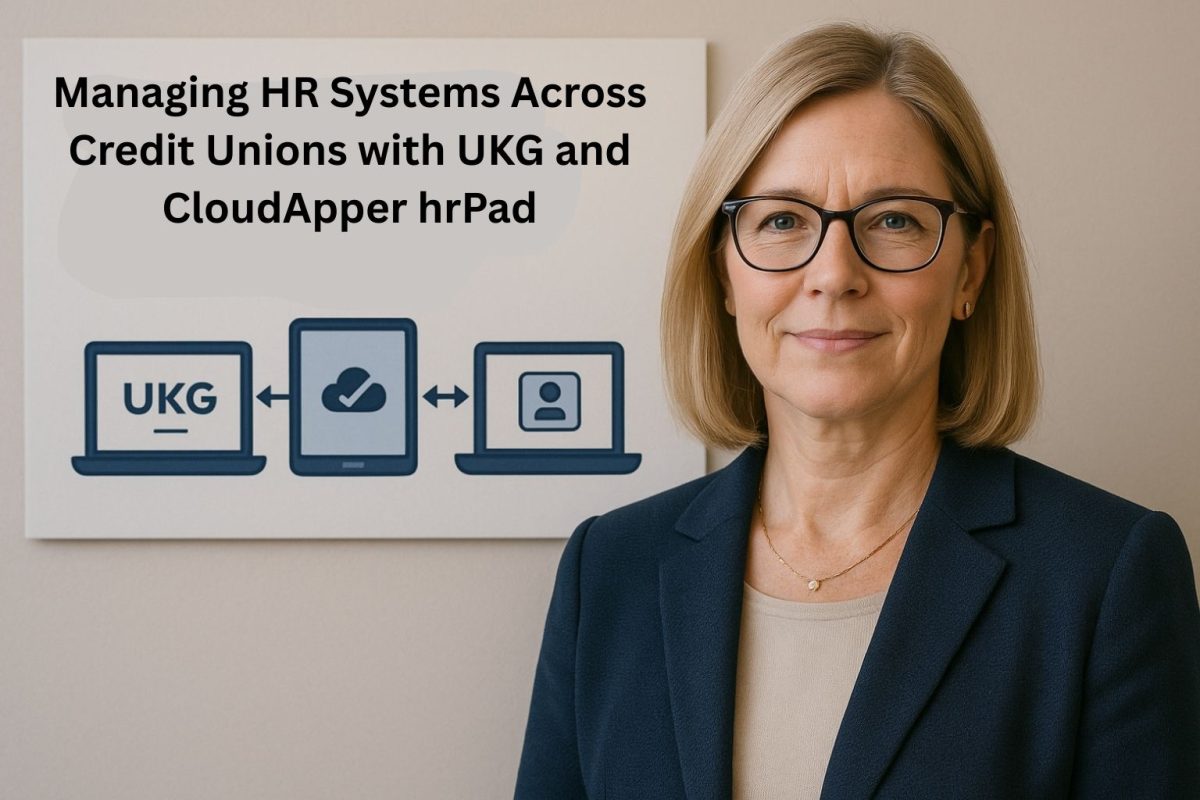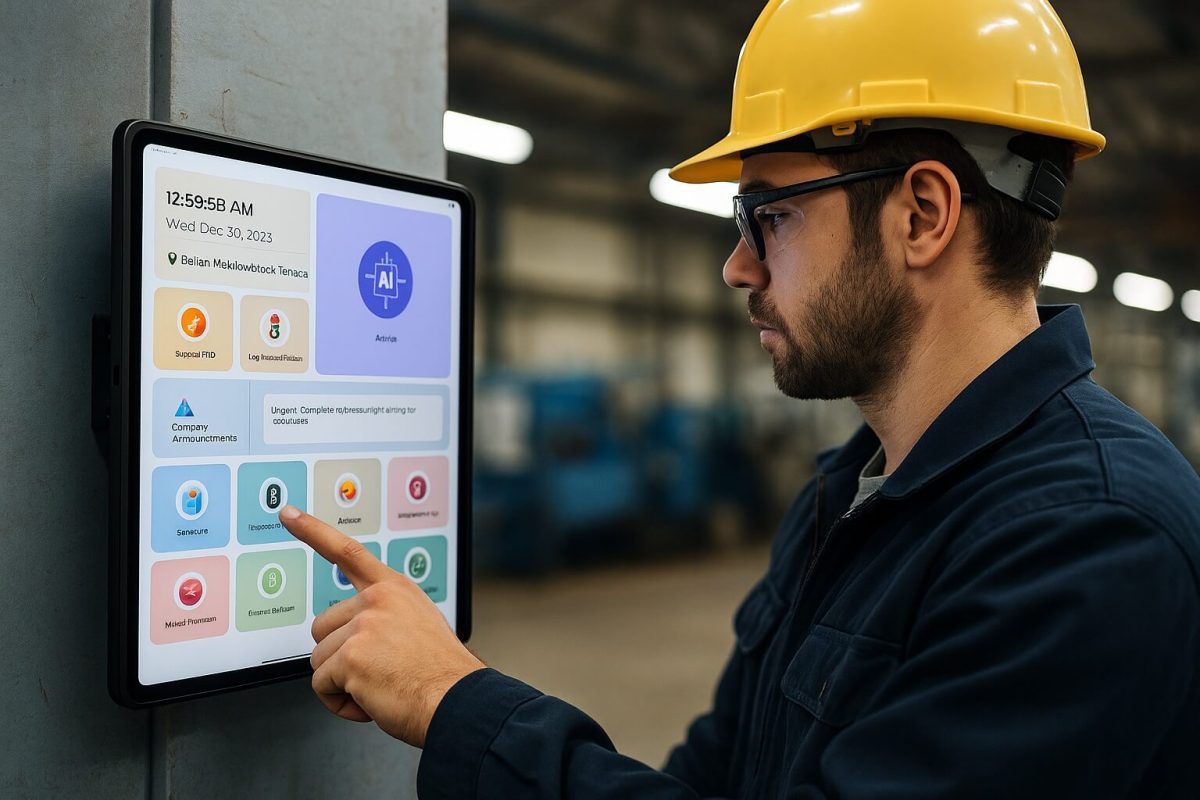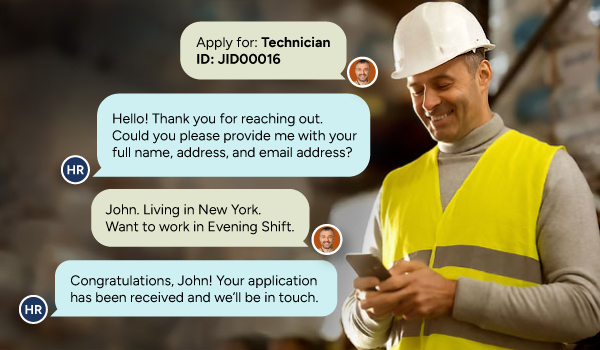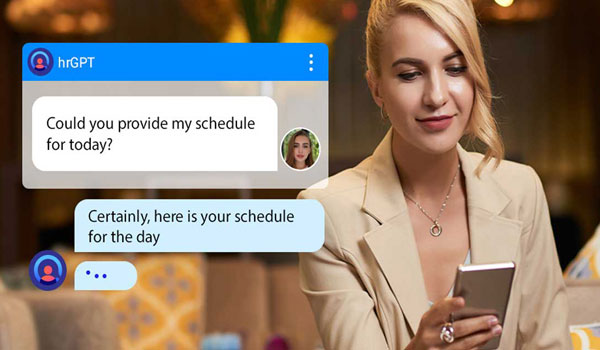As a major retailer expanded to 620+ locations, cracks in time tracking and labor compliance began to show. By embracing location-aware workforce compliance, they eliminated errors, cut manual corrections, and empowered frontline teams — all with a smart, tablet-based solution.
Table of Contents
As one national retail chain rapidly expanded beyond 620 locations, the limitations of its workforce systems became impossible to ignore. Although their HCM platform was robust, it lacked one critical capability on the ground — location-aware workforce accuracy. Employees were clocking in at the wrong sites, missing job transfers, and skipping compliance attestations. These breakdowns weren’t just frustrating — they posed serious compliance risks. It became clear that without a location-aware workforce strategy, the company couldn’t guarantee accurate time tracking, fair labor practices, or audit-ready data across its sprawling footprint.
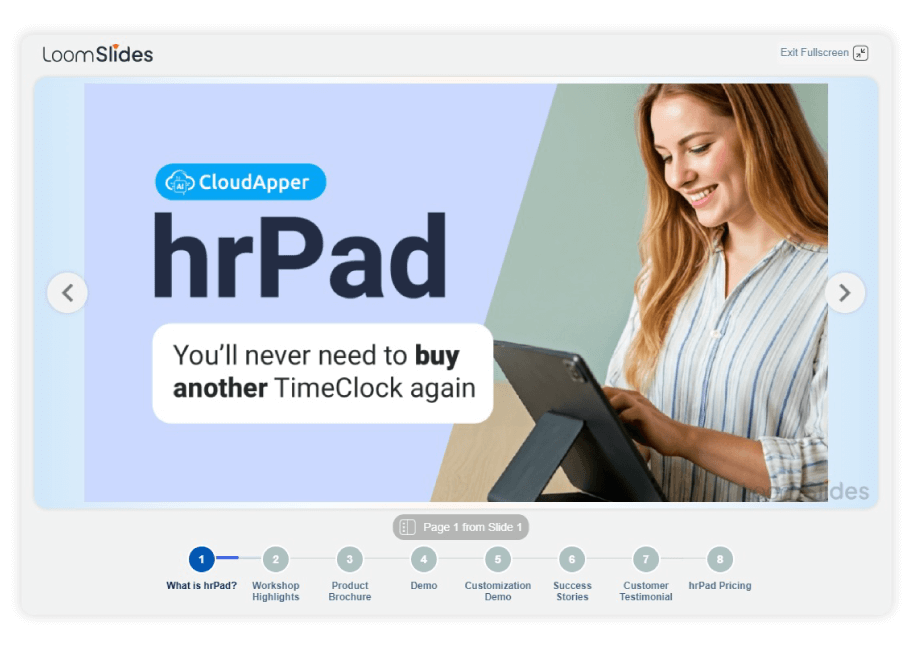
For more information on CloudApper hrPad for UKG visit our page here.
But behind the scenes, HR teams were struggling.
Employees often clocked in under the wrong location or failed to log their job transfers. Some forgot to acknowledge their mandatory breaks, while others skipped compliance confirmations entirely. These issues didn’t seem like a big deal at first, but the impact snowballed.
Every week, HR and payroll departments were stuck correcting records, following up on disputes, and manually patching data. For a company that prided itself on operational excellence, this wasn’t just inconvenient — it was risky.
It became clear: the issue wasn’t the backend system. The problem was the frontline execution. Time and compliance data simply weren’t being captured correctly at the moment they mattered most.
From Reactive Fixes to Real-Time Control
To turn things around, the company needed a better way to enforce compliance at the source — the time clock. They didn’t want another round of custom development or expensive hardware installs. Instead, they looked for something smarter, lighter, and faster to deploy.
That’s when they adopted a location-aware time tracking solution that transformed standard tablets into intelligent, compliance-focused time clocks. By using Android and iOS devices already available at each store, they avoided infrastructure delays and were able to roll out rapidly.
Every punch was now recorded with precise location data. Employees could easily select their job or department, even when transferring mid-shift. More importantly, the system prompted them with simple questions during clock-out — like whether they took their required break — ensuring that labor compliance wasn’t left to memory or guesswork.
This real-time process turned the time clock into a legal safeguard, not just a data entry point.
Scaling Up Without Slowing Down
The company started small — launching the new system in a few select regions. It didn’t take long for store managers to notice the difference. Punch accuracy went up. Errors dropped. Compliance confirmations were consistent.
Because the platform worked on tablets, scaling across hundreds of stores didn’t require long procurement cycles or special installations. Each site could configure its own set of rules, allowing for localized labor laws and business practices to be respected without any extra coding.
Managers gained a dashboard that gave them real-time visibility into time data, missed breaks, or punch anomalies. Employees learned the interface quickly and were more confident in how their hours were recorded.
Within a few months, the system was live in all 620 locations.
Results That Speak for Themselves
It didn’t take long to see the impact.
Previously, up to 15% of punches were mis-tagged to the wrong location or cost center. That number dropped to less than 1%. Employees who had routinely skipped compliance prompts now confirmed every required attestation before ending their shift.
The days of buddy punching — where one employee clocks in for another — were gone too. With facial recognition as part of the process, every punch was verified and secure.
Payroll errors declined. HR teams no longer needed to chase down inconsistencies or mediate time disputes. What once took hundreds of hours per month to manage became a streamlined, automated process.
An HR manager described it best: “We stopped chasing fixes and started trusting the data. That’s a massive shift for any organization.”
Expert Perspectives on Real-Time Compliance
Workforce experts agree that frontline execution is often the weakest link in compliance.
Elaine Matthews, a labor compliance consultant, pointed out that policies only matter if they’re enforced where the work happens. She said, “Too many companies rely on post-shift corrections. But compliance doesn’t count if it’s captured days after the fact. You need confirmation in the moment.”
Tom Ferguson, an HR technology advisor, echoed this sentiment. “When your clock-in system understands location, job roles, and compliance logic, it becomes your first line of defense — not just a punch recorder,” he explained.
These experts weren’t speaking in theory. They were responding to a very real transformation one that turned every punch into a statement of accountability.
A Win for Everyone
What made this solution so effective wasn’t just the technology. It was how it reshaped daily habits across the workforce.
Employees no longer needed to rely on memory or guesswork. They could see their schedule, confirm their job transfers, and submit their time-off requests — all through the same interface they used to clock in and out.
Managers, on the other hand, didn’t have to spend time fixing mistakes or hunting for explanations. They had clear, accurate data. That allowed them to focus on coaching and performance, rather than troubleshooting time cards.
Even at the executive level, the benefits were obvious. Compliance confidence improved. Operational risks dropped. And the organization could expand into new locations without fear of losing control over labor compliance.
Looking Ahead: What Other Companies Can Learn
The takeaway is simple but powerful: workforce compliance doesn’t start in your system. It starts at the point of action.
If employees aren’t clocking in accurately — or if break confirmations aren’t tied to the moment they happen — then even the best-configured HCM platform will fall short. Real accountability comes when data is tied to location, role, and compliance rules in real time.
Companies with distributed teams or multi-site operations can’t afford to rely on manual corrections and delayed confirmations. A proactive, location-aware approach offers clarity, speed, and peace of mind — not just for HR, but for the entire organization.
Final Thought: More Than Just a Time Clock
This retail giant didn’t just update their hardware or tweak a few settings. They redefined how workforce data is captured, validated, and trusted.
Today, their time tracking system does more than record hours. It ensures legal compliance, builds employee trust, and gives the business real-time insights into its labor force.
They’ve created a model of location-aware workforce compliance and set a new standard for what operational excellence really looks like.
How to Integrate CloudApper hrPad with UKG
- Install the hrPad application on your iOS, Android, or Windows tablet.
- Set up the application with your organization’s UKG location hierarchies.
- Train your employees on using hrPad for clocking in and out, transferring between cost centers, and submitting compliance attestations.
- Ensure that all devices are correctly synchronized with UKG real-time data to reflect accurate workforce activities.
- Monitor the integration regularly to tweak settings or troubleshoot any discrepancies.
Frequently Asked Questions
- What is CloudApper hrPad?
- CloudApper hrPad is an AI-powered time tracking solution that integrates with UKG, transforming tablets into location-aware devices for precise workforce management.
- How does hrPad assist with UKG location hierarchies?
- hrPad ensures that all employee punches, transfers, and attestations align accurately with the location hierarchies defined in UKG.
- Can hrPad handle dynamic shift patterns?
- Yes, hrPad can manage dynamic shift patterns by allowing employees to transfer between cost centers and jobs mid-shift, ensuring data is correctly mapped in UKG.
- What industries benefit most from using hrPad?
- Industries with dispersed locations, mobile employees, and high turnover, such as retail and entertainment, benefit significantly from hrPad's features.
- Is there a specific example of hrPad’s application in a business?
- FACE Amusement Group successfully implemented hrPad for streamlined time tracking and compliance, enhancing their payroll accuracy and operational efficiency.





